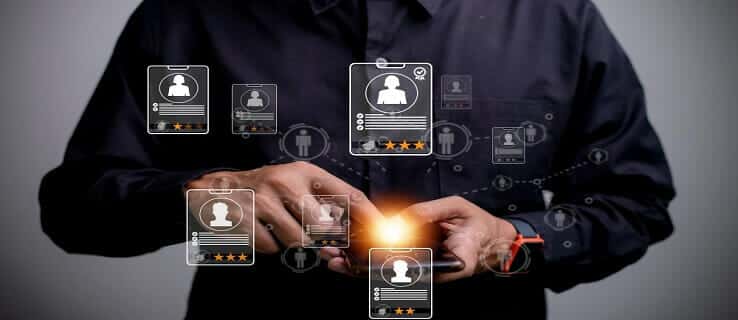As technology keeps balancing the competition among businesses, customer experience has become the determining feature in consumer loyalty to products and services. Per the 2016 Dimensions Data Global Contact Center Benchmarking Report, approximately 76 percent of boardrooms acknowledge that customer experience is their most significant strategic performance indicator. Therefore, you must differentiate your customer experience to stand out in today’s competitive market.
But how can you elevate the quality of customer interactions for today’s demanding consumer? Here, too, technology comes to the rescue.
This post discusses five emerging technological innovations transforming the customer experience in various industries worldwide.

1. The Cloud
It’s no secret that businesses frequently use cloud computing and related tools nowadays. According to the findings of a study conducted by IDG Cloud Computing in 2018 on platforms transforming customer experience, 57% of participants in the survey indicated that enhancing the quality of customer support or services is a primary motivation for investing in cloud-based solutions.
The number of different sales channels continues to expand in tandem with technological developments. Think about how people can buy things today, like in stores, over the phone, or through phone apps.
However, if you use cloud-based technologies, it’s best to go with a service that runs its infrastructure in the cloud rather than one that must use an intermediary. Solutions that don’t have their cloud make it harder for departments to interact with each other, complicating how you use vital customer-related data to its full potential.
2. Internet of Things
The IoT market is constantly expanding. These gadgets function as a “thing,” a point of contact between brands and consumers. They represent the next primary communication channel, and as their prevalence continues to surge, so do consumers’ demands. To deliver quick, reliable, and distinctive results across all platforms, you must be able to identify problems early on and take decisive action.
Fortunately, companies may use this technology to collect massive data and spread the word about their campaigns across many channels, swaying consumers to make purchases by seamlessly notifying them about sales and other incentives.
3. Chatbots
Owing to the popularity of smartphones and mobile search tools, people today are used to accessing information immediately on the web without delay. Despite this, consumer surveys suggest that customers are ready to stand by for at most four hours for a reply to an online query. However, brands ignore almost 90% of these inquiries. This failure to promptly engage and respond to prospects will undoubtedly hurt sales, profits, and brand perception.
This is where chatbots come into play.
A chatbot is a computer software that uses artificial intelligence to converse with people online. Their ability to answer questions and provide the instant help that modern customers expect has led to their rapid adoption by an increasing number of enterprises, boosting customer experience.
4. Omnichannel Communication
Omnichannel communication, which tries to give customers a consistent experience throughout all sales channels and let them connect with a brand through the same high-quality means, continues to grow thanks to technology.
This approach to communication is one way in which digital transformation is helping to enhance the consumer experience. Nowadays, customers have high expectations that businesses will interact with them in diverse ways. These communication channels include email, social networking, and messaging applications. Customers will be happier with a business if they have a great experience across each of these platforms.
Brands can collect, store, process, and respond to customer data regardless of their channel.
5. VR/AR
Virtual reality (VR) and augmented reality (AR) are poised to revolutionize human communication and interaction. This technology will transform how agents and salespeople engage with clients by giving them access to real-time information about their surroundings. It improves agents’ likelihood to empathize with customers and recommend matching solutions to their challenges.
Furthermore, this technology will reshape how your sales representatives perceive customer needs, enhancing their empathy and allowing them to provide more personalized interactions along the buyer’s journey.
With technology advancing, more industries will adopt AR and VR apps and other solutions, especially in the customer experience sector. For instance, top-of-funnel CX optimization can also benefit from the immersive visual user experience made possible by augmented and virtual reality.
The effect augmented and virtual reality will have on business-to-business customer service is underway. Thanks to these tools, customers are better equipped to learn about your business and find solutions to their issues.